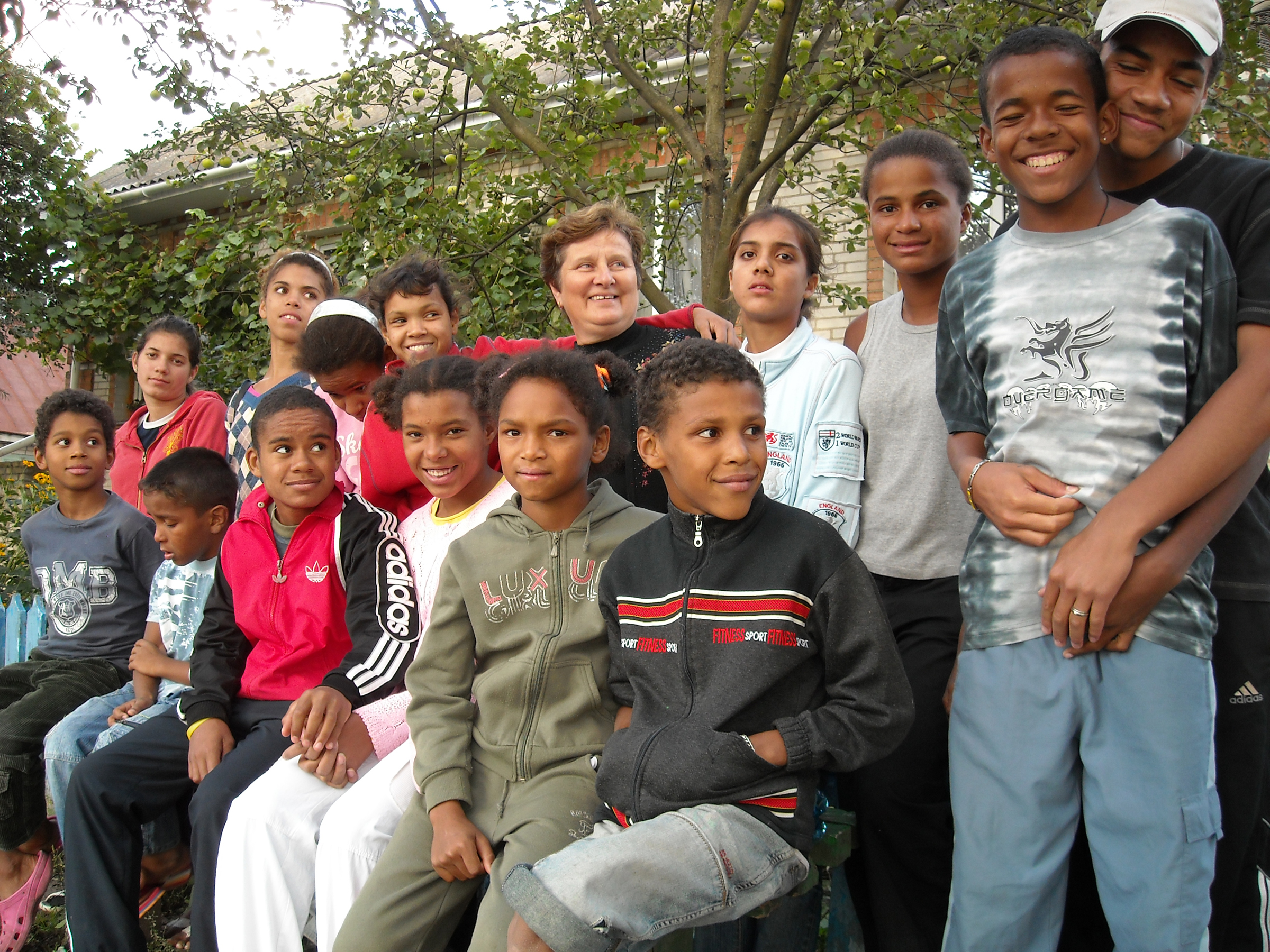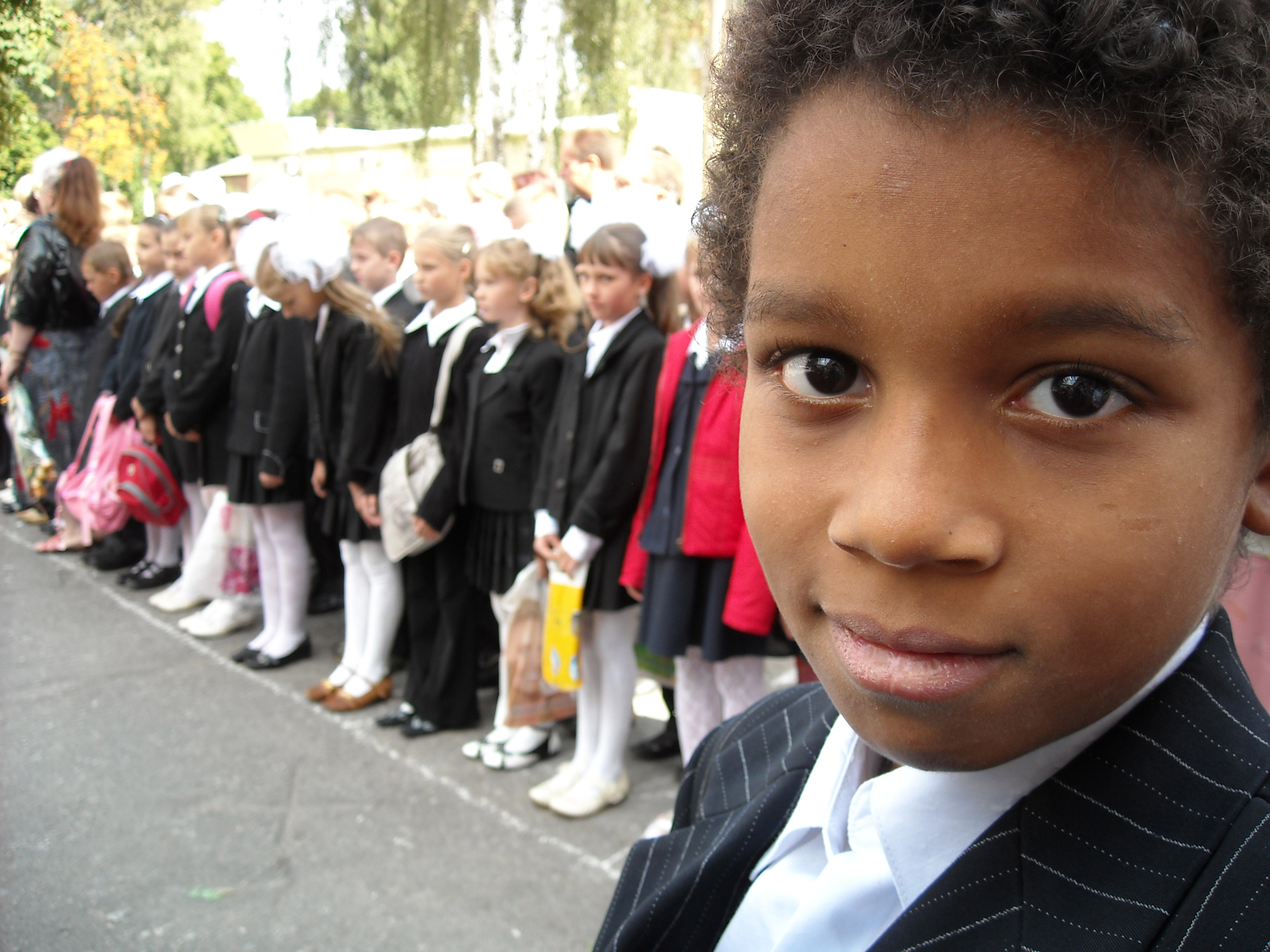Characterizing the Admixed African Ancestry of African Americans
Genome Biology
Volume 10, Issue 12 (2009)
R141
DOI: 10.1186/gb-2009-10-12-r141
Fouad Zakharia
Department of Genetics
Stanford University School of Medicine
Analabha Basu
Institute for Human Genetics
University of California, San Francisco
Devin Absher
HudsonAlpha Institute for Biotechnology, Huntsville, Alabama
Themistocles L. Assimes
Division of Cardiovascular Medicine
Stanford University School of Medicine
Alan S. Go
Division of Research
Kaiser Permanente, Oakland, California
Mark A. Hlatky
Department of Health, Research and Policy
Stanford University School of Medicine
Carlos Iribarren
Division of Research
Kaiser Permanente, Oakland, California
Joshua W. Knowles
Division of Cardiovascular Medicine
Stanford University School of Medicine
Jun Li
Department of Human Genetics
University of Michigan
Balasubramanian Narasimhan
Department of Health, Research and Policy
Stanford University School of Medicine
Steven Sidney
Division of Research
Kaiser Permanente, Oakland, California
Audrey Southwick
Department of Infectious Diseases
Stanford University School of Medicine
Richard M. Myers
HudsonAlpha Institute for Biotechnology, Huntsville, Alabama
Thomas Quertermous
Division of Cardiovascular Medicine
Stanford University School of Medicine
Neil Risch
Institute for Human Genetics
University of California, San Francisco
Division of Research
Kaiser Permanente, Oakland, California
Department of Epidemiology and Biostatistics
University of California, San Francisco
Hua Tang
Department of Genetics
Stanford University School of Medicine
Background: Accurate, high-throughput genotyping allows the fine characterization of genetic ancestry. Here we applied recently developed statistical and computational techniques to the question of African ancestry in African Americans by using data on more than 450,000 single-nucleotide polymorphisms (SNPs) genotyped in 94 Africans of diverse geographic origins included in the HGDP, as well as 136 African Americans and 38 European Americans participating in the Atherosclerotic Disease Vascular Function and Genetic Epidemiology (ADVANCE) study. To focus on African ancestry, we reduced the data to include only those genotypes in each African American determined statistically to be African in origin.
Results: From cluster analysis, we found that all the African Americans are admixed in their African components of ancestry, with the majority contributions being from West and West-Central Africa, and only modest variation in these African-ancestry proportions among individuals. Furthermore, by principal components analysis, we found little evidence of genetic structure within the African component of ancestry in African Americans.
Conclusions: These results are consistent with historic mating patterns among African Americans that are largely uncorrelated to African ancestral origins, and they cast doubt on the general utility of mtDNA or Y-chromosome markers alone to delineate the full African ancestry of African Americans. Our results also indicate that the genetic architecture of African Americans is distinct from that of Africans, and that the greatest source of potential genetic stratification bias in case-control studies of African Americans derives from the proportion of European ancestry.
…Although much attention has been paid in the genetics literature to the continental admixture underlying the genetic makeup of African Americans, less attention has been paid to the within-continental contribution to African Americans, in particular from the continent of Africa. Studies have focused primarily on the matrilineally inherited mitochondrial DNA(mtDNA) and patrilineally inherited Y chromosome. These two DNA sources have gained wide prominence owing, in part, to their use by ancestry-testing companies to identify the regional and ethnic origins of their subscribers. Yet these two sources provide a very narrow perspective in delineating only two of possibly thousands of ancestral lineages in an individual.
The majority of African Americans derive their African ancestry from the approximately 500,000 to 650,000 Africans that were forcibly brought to British North America as slaves during the Middle Passage. These individuals were deported primarily from various geographic regions of Western Africa, ranging from Senegal to Nigeria to Angola. Thus, it has been estimated that the majority of African Americans derive ancestry from these geographic regions, although more central and eastern locations also have contributed. Recent studies of African and African-American mtDNA haplotypes and autosomal microsatellite markers also confirmed a broad range of Western Africa as the likely roots of most African Americans…
Read the entire article here.


